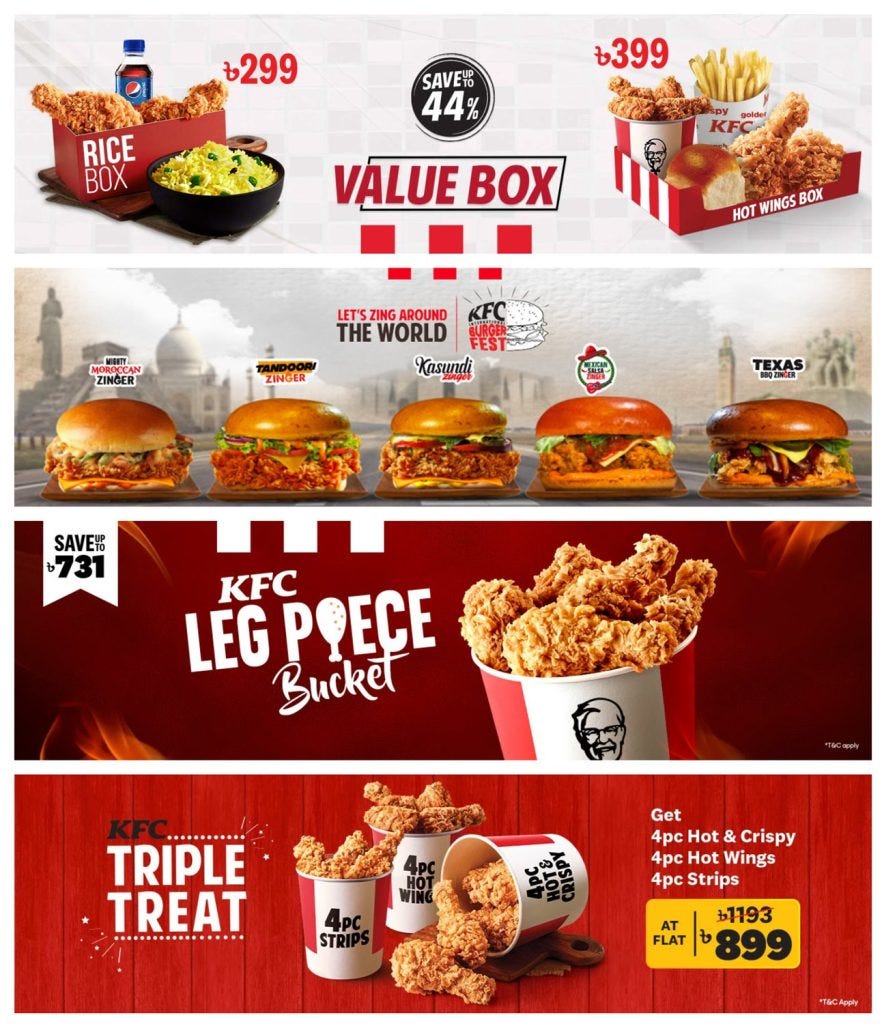Understanding Food Labels: Debunking the Myth of 0% Cholesterol in Recommended Serving Sizes
When it comes to understanding food labels, there’s a lot of confusion and misinformation out there. One common misconception is that if a food label says 0% cholesterol, it means that you can eat the recommended serving size and not get any cholesterol. However, this is not necessarily the case. The truth is a bit more complex and requires a deeper understanding of food labels and nutrition. Let’s debunk this myth and provide some clarity on the subject.
Understanding Food Labels
Food labels provide a wealth of information about the nutritional content of a food item. They tell you the amount of calories, fats, proteins, carbohydrates, and other nutrients in a serving of the food. However, these labels can sometimes be misleading, especially when it comes to cholesterol.
The Myth of 0% Cholesterol
When a food label says 0% cholesterol, it means that a serving of the food contains less than 2 milligrams of cholesterol. This is because the Food and Drug Administration (FDA) allows food manufacturers to round down to 0% if the amount of cholesterol in a serving of food is less than 2 milligrams. However, this does not mean that the food is completely free of cholesterol. If you eat multiple servings of the food, you could still be getting a significant amount of cholesterol.
Cholesterol in Foods
Cholesterol is a type of fat that is found in animal products such as meat, dairy, and eggs. Some plant-based foods, like coconut oil and palm oil, can also raise your blood cholesterol levels. Even if a food label says 0% cholesterol, the food could still contain other types of fats that can raise your cholesterol levels. For example, foods that are high in saturated fats or trans fats can increase your levels of LDL (bad) cholesterol and lower your levels of HDL (good) cholesterol.
How to Make Healthy Choices
When it comes to making healthy food choices, it’s important to look at the whole picture. Don’t just focus on one aspect of the food label. Consider the amounts of saturated fats, trans fats, and sodium in the food, as well as the amount of cholesterol. Also, pay attention to the serving size. Eating multiple servings of a food can significantly increase your intake of cholesterol and other nutrients.
Conclusion
Understanding food labels can be tricky, but it’s an essential skill for making healthy food choices. Remember, just because a food label says 0% cholesterol doesn’t mean the food is completely free of cholesterol or other unhealthy fats. Always look at the whole picture and consider all the information on the label before making your decision.

